Segment is a customer data analytics and management solution that helps you understands customer data from multiple sources. The application integrates with hundreds of other apps and collects data from these applications to a single platform. It also retrieves data from your websites and devices, such as mobile phones, tablets, browsers, smart watches, iBeacons, and televisions. Segment is designed explicitly for B2B service providers who need a powerful and easy-to-use analytics tool to understand better and manage their data. Segment makes it easy to capture data from each touchpoint and send it to each tool without having to learn, test, or implement a new API each time. This solution helps your organization easily integrate and manage scanning tools without having to open, close, or exit the system. As data analytics becomes a simpler process, Segment reduces the need for marketers to trust high-tech specialists to help them because they can now administer analytics tools.
Read morePricing
SW Score Breakdown
Platforms Supported
Organization Types Supported
API Support
Modes of Support
Audience Builder
Allows to segment the customers/subscribers using attributes and personas.Identity Graph
Create a correlation between individuals with identical match groups.360-degree Customer view
Aggregates entire customer data attributes from various touchpoints into a single dashboard.Data Enrichment
A value-addition process of improving lead quality with new attributes.Data Source
Import customer data from several sales and marketing channelsGDPR Compliance
Makes the website compliant to General Data Protection Regulation 2016/679 that offers privacy to all users in the European UnionMulti-step Marketing
Create a campaign flow or storyboard by adding numerous campaign elements.Behavior Tracking
A tracking tool that facilitates fostering positive customer reactionData Orchestration
Automated process to integrate and sync data across multiple marketing channelsHyper Targeting
Delivering Ad content to extremely relevant interest group segments.Data Cleansing
Helps in verifying/correcting/modifying inaccurate or coarse data from databaseFree Trial
Available
Credit Card Required to Get Started
Pricing Options
Freemium ( Limited Features )
Premium Plans ( Subscription / Quotation Based )
Pricing Plans
Free Free
Includes 1,000 visitors/mo
2 Sources
300+ Integrations
Features
Control your data
Understand your customers
Usage and Billing
Support
Security
Team $120.00 $120.00 per month
10,000 visitors/mo Icon info
Unlimited Sources
Includes 1 Data Warehouse destination
Features
Control your data
Understand your customers
Usage and Billing
Support
Security
Business Custom
Custom Volume
Single View of the Customer
Data Governance
Advanced Roles & permissions
Historical replay
Features
Control your data
Understand your customers
Usage and Billing
Support
Security
Screenshots of Vendor Pricing Page
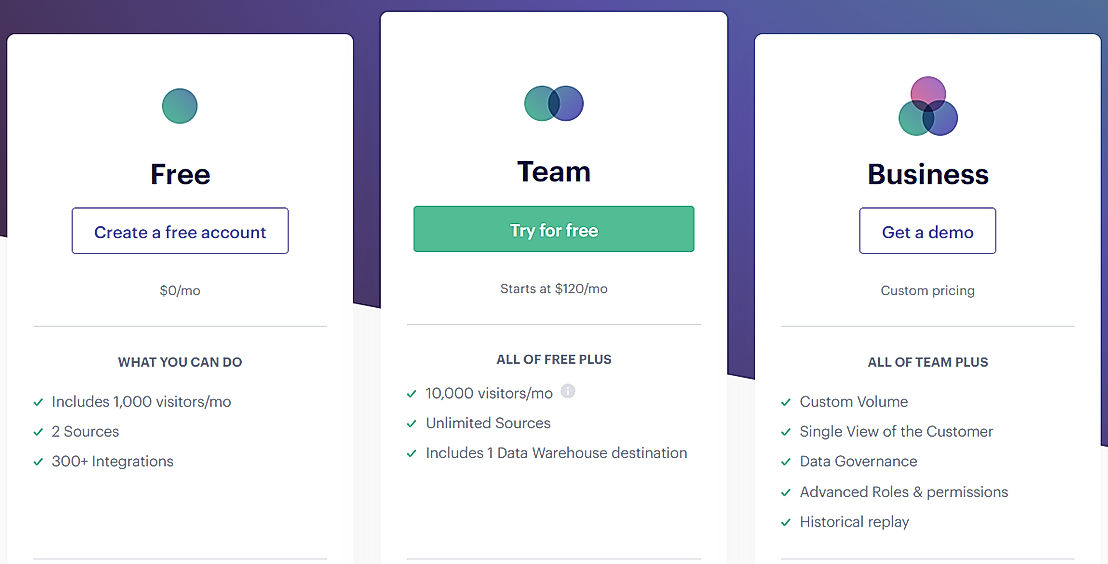
Learn more about Segment Pricing.
74% SW Score The SW Score ranks the products within a particular category on a variety of parameters, to provide a definite ranking system. Read more
77% SW Score The SW Score ranks the products within a particular category on a variety of parameters, to provide a definite ranking system. Read more

82% SW Score The SW Score ranks the products within a particular category on a variety of parameters, to provide a definite ranking system. Read more
71% SW Score The SW Score ranks the products within a particular category on a variety of parameters, to provide a definite ranking system. Read more
70% SW Score The SW Score ranks the products within a particular category on a variety of parameters, to provide a definite ranking system. Read more

78% SW Score The SW Score ranks the products within a particular category on a variety of parameters, to provide a definite ranking system. Read more
78% SW Score The SW Score ranks the products within a particular category on a variety of parameters, to provide a definite ranking system. Read more
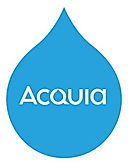
84% SW Score The SW Score ranks the products within a particular category on a variety of parameters, to provide a definite ranking system. Read more
93% SW Score The SW Score ranks the products within a particular category on a variety of parameters, to provide a definite ranking system. Read more

80% SW Score The SW Score ranks the products within a particular category on a variety of parameters, to provide a definite ranking system. Read more


Segment screensho...
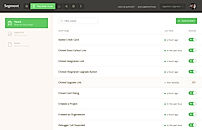
Segment screensho...

Segment screensho...
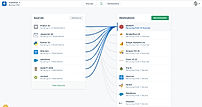
Segment Integrati...
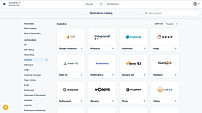
Integration Catal...
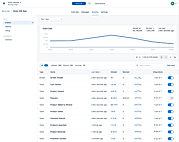
Segment Schema Co...
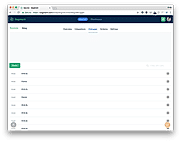
Debugger screenshot
What is Segment used for?
Segment is Customer Data Platform (CDP). Segment offers the following functionalities:
Learn more about Segment features.
What are the top alternatives for Segment?
Here`s a list of the best alternatives for Segment:
Does Segment provide API?
No, Segment does not provide API.
Vendor Details
San Francisco, CA - 94111Contact Details
+1 415-603-6900
https://segment.com/
Social Media Handles

SaaS weekly roundup #14: Google Workspace gets majo...
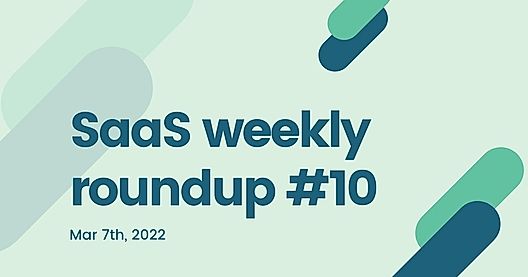
SaaS weekly roundup #10: Software AG acquires Strea...

Top Customer Data Platform Software to Use in 2022
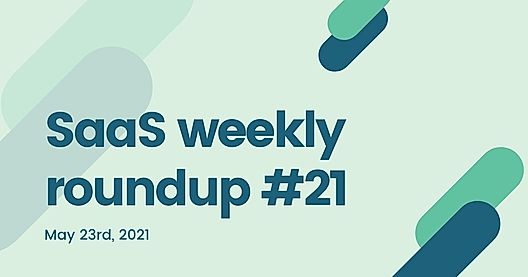
SaaS weekly roundup #21: Google Workspace introduce...
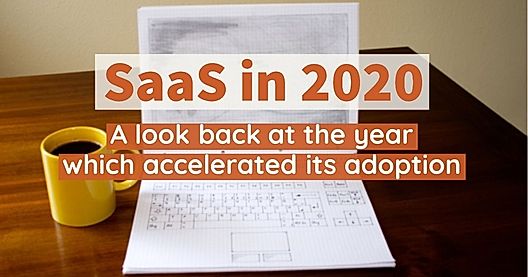
SaaS in 2020: a look back at the year which acceler...
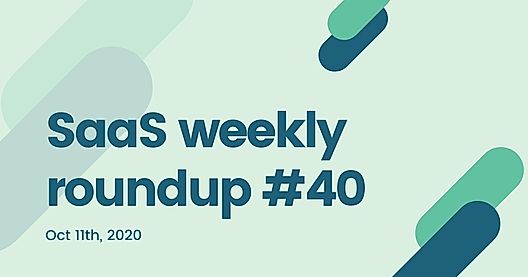
SaaS weekly roundup #40: Twilio to acquire Segment,...
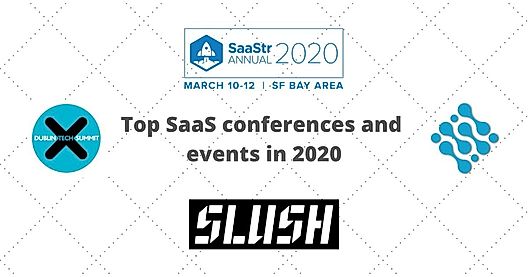
Top SaaS conferences and events in 2020










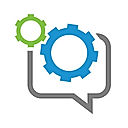






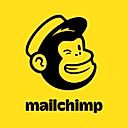





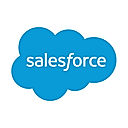





This research is curated from diverse authoritative sources; feel free to share your feedback at feedback@saasworthy.com

Looking for the right SaaS
We can help you choose the best SaaS for your specific requirements. Our in-house experts will assist you with their hand-picked recommendations.

Want more customers?
Our experts will research about your product and list it on SaaSworthy for FREE.